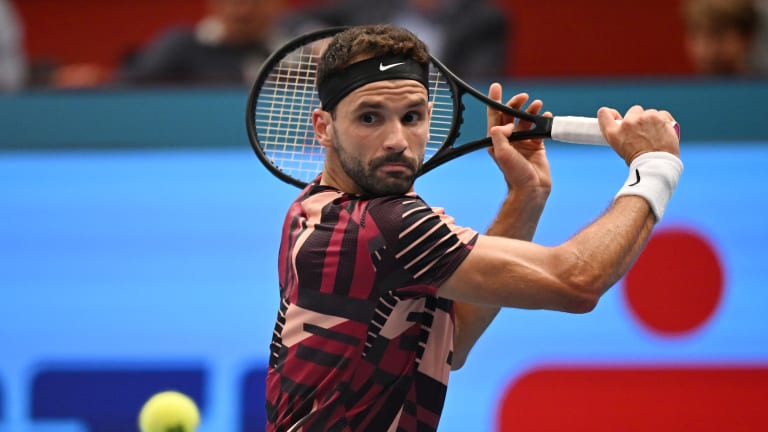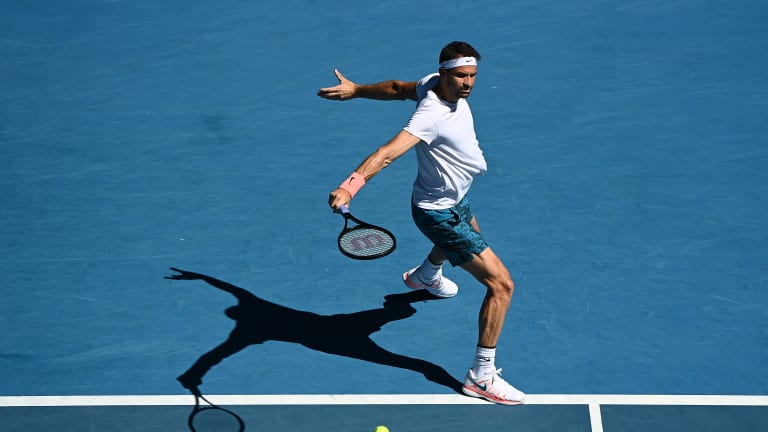The backhand slice is the Swiss Army knife in a tennis player’s toolbox. It can be used to neutralize a point in defensive situations, change the rhythm of a rally, keep the ball out of an opponent’s strike zone, a transition shot on a net approach or manipulate depth and angles to create gaps in the court. It’s a shot no good player should be without. However, while not necessarily a difficult shot to put in between the lines, the backhand slice can be a tricky shot to hit effectively.
What often happens is players will exaggerate the high-to-low swing path and chop at the ball with a very loose wrist. The edge of the racquet acts like a machete hacking at contact, rather than driving through impact. The result is a ball with an overabundance of backspin that typically floats with little pace, and sits up rather than skidding low after the bounce. The racquet face also lacks composure, making command over the ensuing shot rather unreliable.
To develop a more dependable and formidable slice, the hitting wrist needs to be more stable. Look at the above image of Grigor Dimitrov. Notice how he prepares for his slice by creating an “L” with hitting wrist and forearm as he positions his racquet above his shoulder. This allows him to swing down on the ball while creating some length in the swing to produce a powerful shot. It’s a classic setup for some of the best backhand slices.
From here, the key is to maintain this “L” wrist angle throughout the swing. It may widen slightly as the racquet moves through contact and the follow through, but it should not straighten. It should feel like you’re leading with the butt cap or bottom part of the hand. This will help produce a consistent racquet face that will generate accurate shots with a penetrating ball flight.
A good way to see whether you’re keeping that “L” is to hold your follow through after the shot. What you’ll see on poor slices is at the completion of the swing the tip of the racquet is pointing directly forward toward the net and forms a straight line with the hitting arm. The racquet face may even pass the hand. That’s an indicator of sloppy wrist action.

